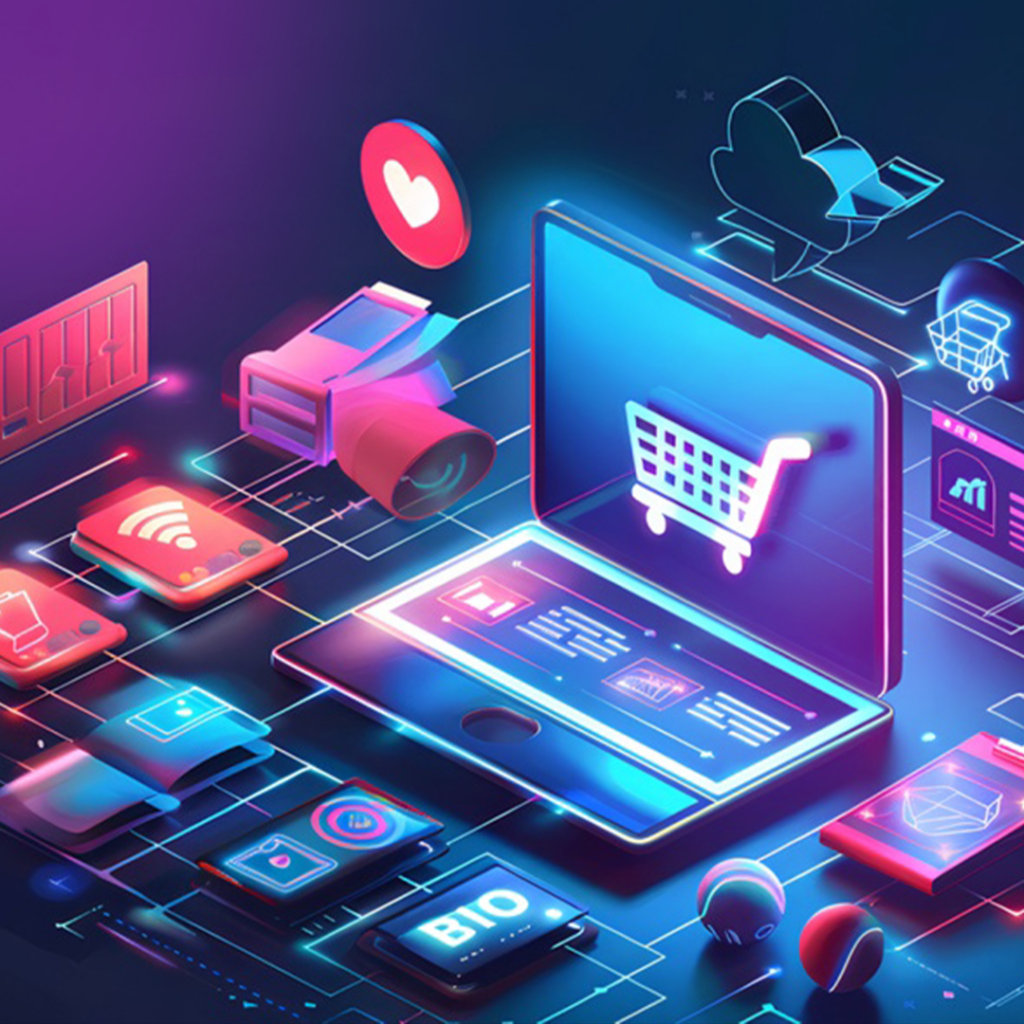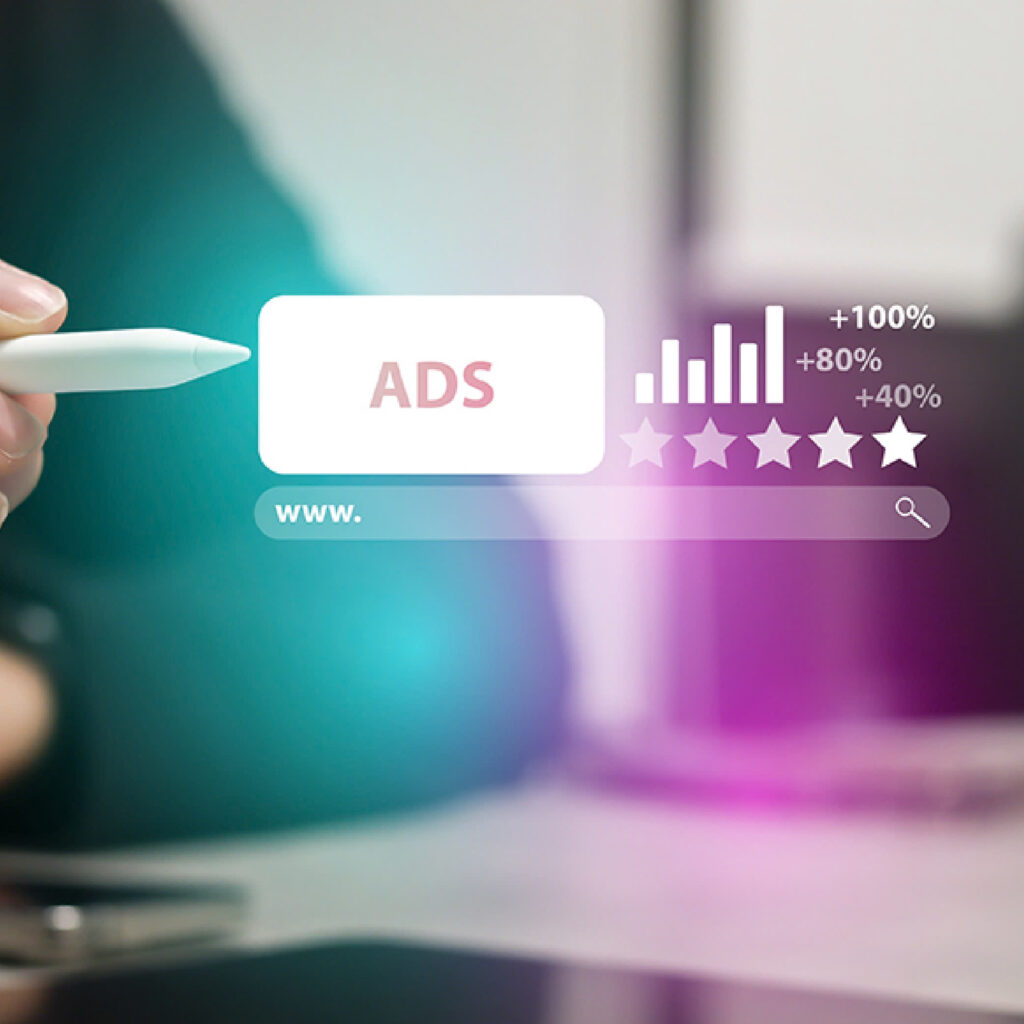
Building personalized customer loyalty programs is critical for businesses to stand out in the current market. However, simply offering discounts and short-term promotion campaigns isn’t enough.
Creating lasting relationships with customers requires a data-driven approach and Customer Data Platforms (CDPs) are the key solution to directly solving this problem. But how do marketers apply CDPs most efficiently?
The Challenges of Creating Loyalty In Customers
It is essential for brands to understand the needs and preferences of their customers. They crave customized experiences across all touchpoints of the customer journey, including website, email, social media engagement, etc.
Personalization
Especially with Gen Z customers, who are known for their desire for self-expression and individuality. They want products and experiences that reflect their unique preferences and interests.
- 41% of Gen Z will provide their data for a personalized experience.
- 53% of consumers are willing to pay extra for customized products/services.
Multichannel Purchasing Journeys
With the non-stop growth of the E-commerce platform, customers seamlessly change between online and offline channels throughout their buying journey.
- 60% prefer to shop in stores because they are able to touch and feel the products
- 40% prefer online shopping due to the convenient experience
There are a variety of factors that influence consumer preferences, including prior shopping experiences, brand loyalty, and social influences.
A practical loyalty program needs to be accessible across all the touchpoints to keep them engaged with the brand.
Several online retailers are mimicking offline retailers’ promotional strategies. However, they aren’t certain whether these strategies will deliver similar results in online markets.
CDPs empower businesses to unify customer data and create a single, comprehensive customer profile, enabling organizations to build personalized experiences that resonate with each individual consumer.
What is CDP?
CDP, also known as Customer Data Platform, is a software solution that helps centralize all customer data in a business. With today’s technologies and algorithms, CDP solutions can provide valuable insights into customer behavior within the loyalty program.
Core Functionalities That Enable CDPs To Form A Personalized Loyalty Program
To grasp the power of CDP in crafting customer-centric loyalty programs, we need a comprehensive understanding of its core functionalities.
Data Collection: Centralizing Data For Analysis
CDPs act as data hubs, collecting consumer data from various sources like CRM systems, website analytics tools, email marketing, social media platforms, or even customer service interactions.
The collected data can be structured (demographics, departments, survey forms) or unstructured (notes, feedback channels) depending on the requirements of each business.
Data Integration & Unification: Importing And Storing Data For Processing
The gathered data then goes through a cleansing process to detect inconsistencies. CDPs employ algorithms to merge fragmented data points into unified customer profiles. This is one of the core functions of CDP that builds an overview profile of each consumer.
Data Management: Storing and Segmenting Data
After the processing step, the data is securely stored for further historical analysis and trend identification. CDPs also offer customer segmentation capabilities based on the attributes and behavioral patterns of each individual.
Advanced CDPs are equipped with exceptional identity resolution capabilities, enabling the solution itself to suggest which data points belong to the same individual customer across multiple sources.
Two identity resolutions commonly applied in CDP are Deterministic Matching (identifiers: email addresses, phone numbers, usernames, customer IDs, etc.) and Probabilistic Matching (identifiers: name variations, browsing behavior, device identifiers, etc.).
Data Activation: Integration with Marketing Tools
With API integrations, CDPs can seamlessly connect with marketing automation platforms, sales tools, recommendation engines, and customer service tools.
Marketers can utilize the insightful data from CDPs to build more engaging loyalty campaigns with personalized product recommendations and consistent customer support experiences.
CDPs – Powerful Tools To Empower Customer Loyalty Campaigns
A recent KPMG study found that 31% of millennials were impressed if a brand understood them better than they did. This emphasizes the importance of a sophisticated loyalty program built by utilizing insightful data from CDPs.
With the mentioned functions, CDPs open a door to data-driven activations to approach consumers without annoying them.
Currently, only a few businesses apply a loyalty program powered by advanced CDP on the market. As a part of our research for this article, we examined the activities of DPOINT, a business that provides customer loyalty program management and interaction automation solutions multichannel.

The provided model shows a seamless integration of CDP with other functions. CDPs are one of DPOINT’s key solutions supporting the customer loyalty program to improve customer data collection and analysis, unlocking more insights to serve customers better.
Here is the breakdown of the main benefits of integrating an advanced CDP solution into your loyalty program:
Unified Customer Profiles
As CDP is the data hub that centralizes all clients’ data from various sources, businesses will gain unified customer profiles that avoid data silos and inconsistencies.
Customer profiles from CDPs are packed with valuable information, helping organizations build a complete picture of their consumers. The core information can include demographics, purchase history, browsing behavior, preferences, and sentiment analysis from social media interactions.
Community Building Through Brand Affinity
CDP enables marketers to identify brand promoters within the community by analyzing spark discussions, what content resonates, and identifying any pain points.
As the brand promoters are defined, leveraging their positive experiences through addressing specific interests, answering questions promptly, and rewarding valuable contributions. This approach fosters a connection between brands and the community who prefer using their products or services.
Beyond serving the customers, brands can utilize the user-generated content (UGC) of the community of brand promoters such as reviews, positive rankings, loyalty program referrals, and success stories to create a sense of shared purpose.
70% of consumers are more likely to recommend a brand/company via online reviews or word-of-mouth. It is interesting to note that Gen Z has a higher intent to recommend a brand than millennials, Gen X, or boomers.
Post-Purchase Engagement
CDP provides a broad picture of customer profiles with collected data on past purchases, browsing behavior, and post-purchase interactions (reviews, warranty registrations). By analyzing the post-purchase patterns, organizations can identify opportunities to personalize post-purchase communication and target relevant offers.
Predictive Analytics and Recommendations
Advanced CDPs offer analytics to forecast future customer behavior. Brands can anticipate customer needs and preferences, and then tailor loyalty program offerings accordingly.
Organizations can also define key areas for improvement during the customer journey and ensure a smooth experience, increasing customer satisfaction and loyalty.
Privacy and Compliance
With the increase in concern for personal data privacy and regulatory compliance, any activities relating to customer personal data must comply with the regional regulatory policies. CDPs support complying with data protection regulations with the following features:
- Consent management: The platform can help centralize customer consent for data collection and usage
- Data Subject Access Requests (DSARs): With a well-structured customer profile, organizations can easily locate and provide the request to access a particular data.
- Data minimization & governance: Within an organization CDPs support avoiding storing unnecessary customer data, enabling better management of this valuable asset.
CDPs can be valuable tools for businesses to manage customer data and facilitate compliance with data protection regulations. However, businesses are responsible for ensuring the best compliance practices.
Seamless Omnichannel Experience
As consumers interact with brands across multiple channels (websites, email, social media, mobile apps, etc.). Using multiple channels to search for products and services is becoming a necessity. Customer convenience is ensured through omnichannel activities in CDP.
For example, in an E-commerce platform, when a buyer is browsing shoes on your website, they will then receive an email with personalized recommendations based on their browsing behavior. This level of continuity fosters trust and brand loyalty.
Creating Loyalty In Your Entire Customer Lifecycle
42% of consumers prefer brands to offer customized products or services. This research from Deloitte emphasizes the importance of personalized strategies offered by organizations. An exceptional loyalty campaign built from customer-oriented activations is essential.
A loyalty campaign powered by data-driven insights will boost customer engagement and retention in one particular brand. Tailoring every touch point across the customer journey improves the experiences, resonating with customer needs and preferences, leading to higher engagement and loyalty.



















